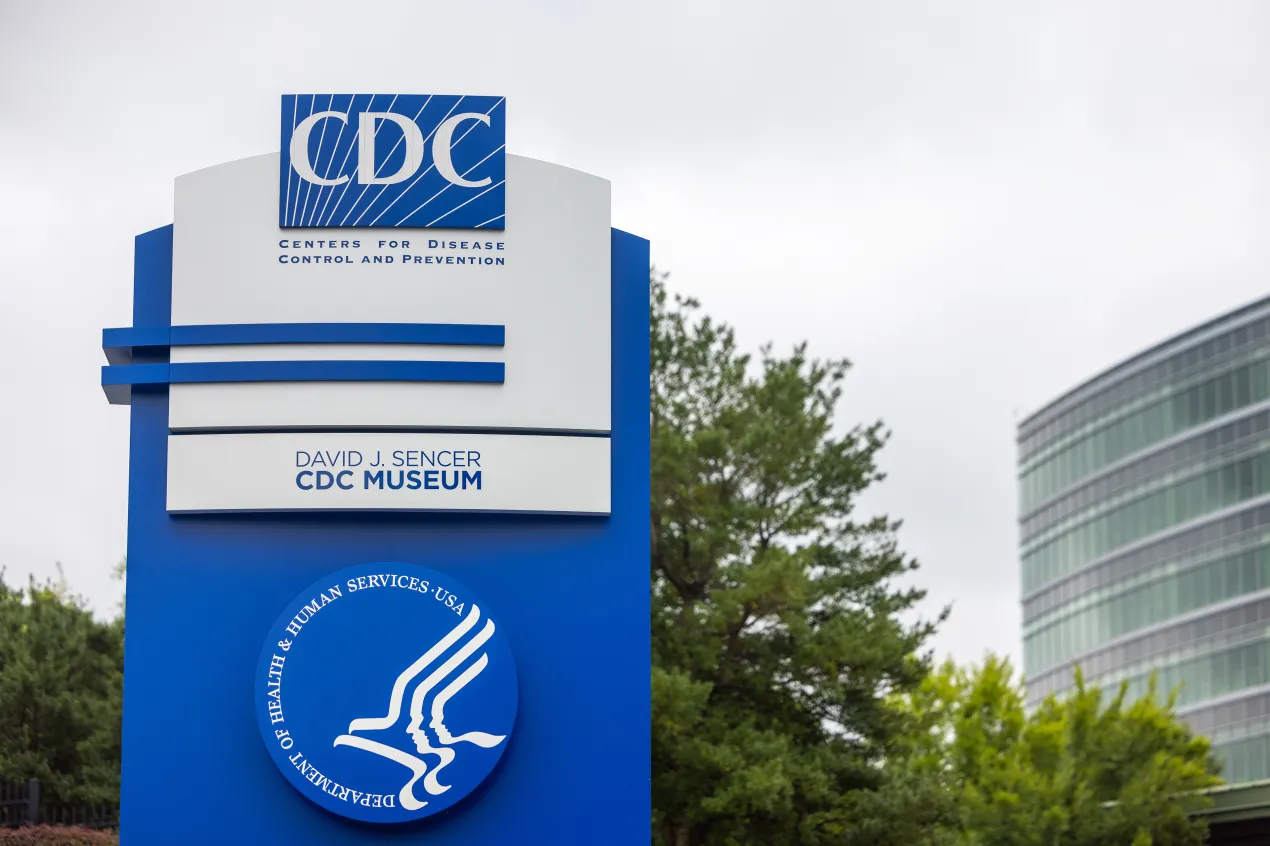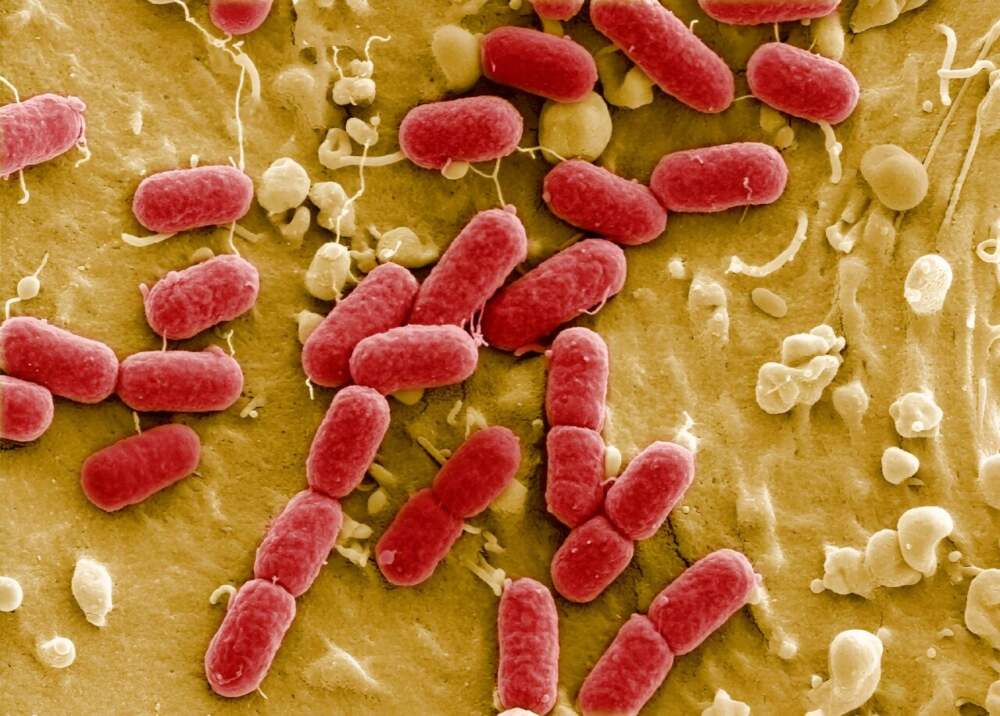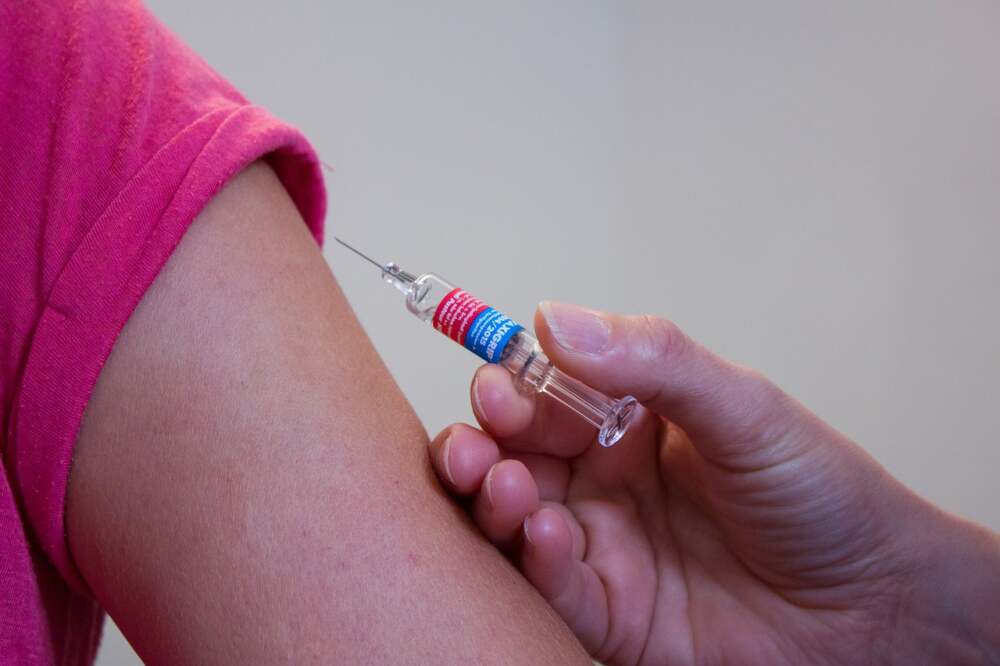The Centers for Disease Control and Prevention (CDC) has announced major changes to its Foodborne Diseases Active Surveillance Network, better known as FoodNet. For nearly three decades, the program has been a cornerstone in monitoring foodborne illnesses across the United States, but officials have now confirmed it will be significantly scaled back.
Fewer Pathogens Under Review
Until recently, FoodNet tracked eight major foodborne pathogens, including Salmonella, Listeria, Campylobacter, Shigella, Vibrio, Yersinia, and Cyclospora. Under the new structure, states participating in the network will only be required to closely track Salmonella and Shiga toxin-producing E. coli. Monitoring of the other six pathogens will become optional, raising concerns about gaps in national food safety data.
Concerns from Health Experts
Public health officials warn that reducing the scope of FoodNet could make it harder to identify outbreaks early, especially those linked to less common but dangerous pathogens. Because FoodNet uses “active surveillance”—meaning health workers actively collect and investigate lab-confirmed cases—its data has been considered more reliable than passive reporting systems. Without it, experts worry that illnesses may go underreported, limiting the country’s ability to respond to foodborne threats.
Reasons Behind the Shift
CDC representatives explained that the restructuring allows the agency to focus on its “core priorities” and manage resources more efficiently. Funding constraints are believed to have played a role in the decision, though officials have not confirmed specific budgetary details.
What It Means for Consumers
Despite the cutbacks, other tracking programs remain in place, including national initiatives focused on Listeria and various outbreak-reporting systems. Still, the downsizing marks the end of FoodNet’s broad multi-pathogen approach, which has long provided a comprehensive view of food safety trends in the U.S.
















Leave a Reply